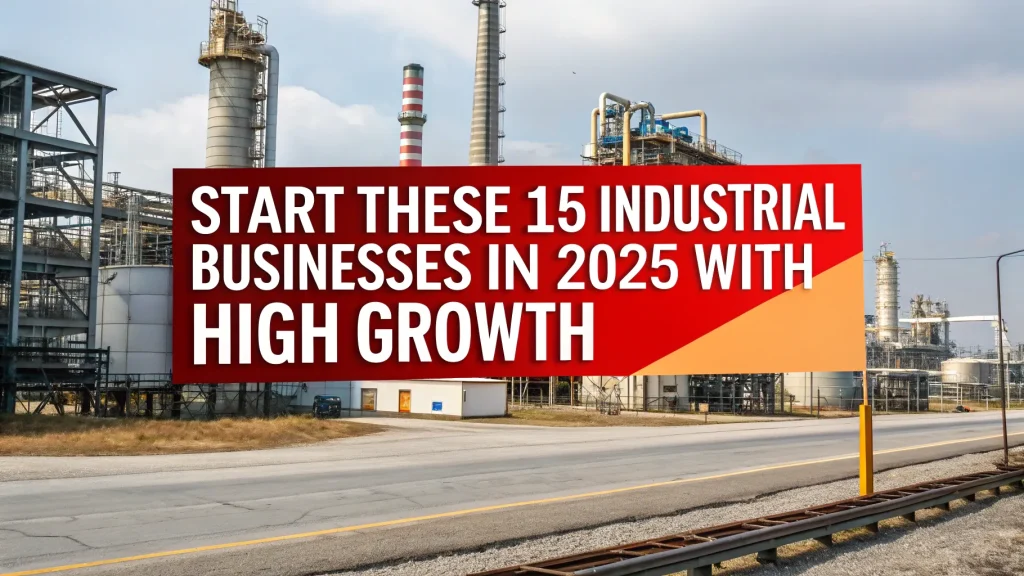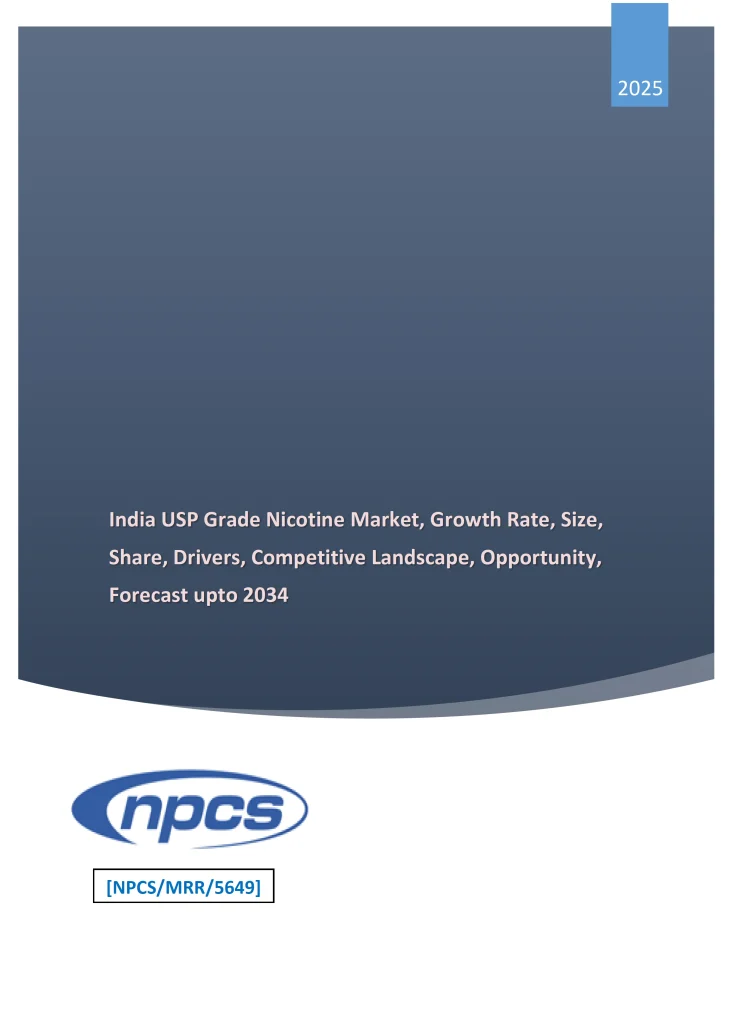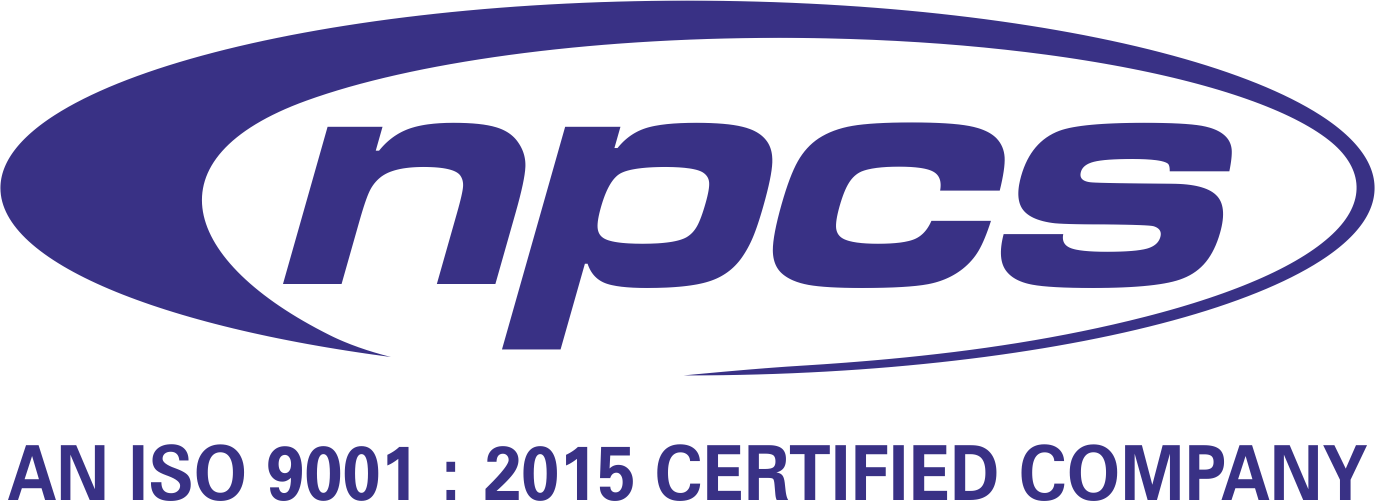In recent years, AAC Blocks have gained substantial popularity in the construction industry due to their superior properties and sustainable production. The demand for lightweight and eco-friendly construction materials is on the rise, and AAC blocks from silica sand and lime are among the most efficient solutions available. This business guide explores everything from raw materials and production process to market potential and profitability, making it ideal for entrepreneurs considering investment in this promising sector.
Understanding AAC Blocks
Autoclaved Aerated Concrete (AAC) blocks are precast building materials made from natural raw materials such as silica sand, lime, cement, gypsum, aluminum powder, and water. The blocks undergo a chemical reaction that creates air bubbles, giving them a lightweight and porous structure. After molding, the blocks are cured under high pressure and temperature in an autoclave, resulting in high strength and durability.
The primary advantage of using AAC blocks lies in their lightweight, thermal insulation, soundproofing, and ease of handling. Their cellular structure gives them excellent resistance to fire and moisture, making them more sustainable than traditional clay bricks or concrete blocks.
Why Choose Silica Sand and Lime?
Silica sand and lime are the two essential ingredients that contribute significantly to the unique properties of AAC blocks. Silica sand serves as a major source of silicon dioxide, which reacts with lime (calcium oxide) and cement to form calcium silicate hydrate – the binding agent that gives AAC its strength. The finely ground sand ensures uniformity and smoother surfaces in the final product. Lime, on the other hand, accelerates the reaction and enhances the strength and durability of the blocks.
These raw materials are abundantly available in many parts of the world, especially in India, making AAC block manufacturing a cost-effective business opportunity. Additionally, both silica sand and lime are environmentally friendly and sustainable.
Setting Up an AAC Block Manufacturing Unit
Starting an AAC block manufacturing business involves several critical steps that must be carefully planned and executed.
1. Business Plan and Market Research
Begin with a comprehensive business plan that outlines your objectives, financial projections, raw material availability, market analysis, and competitive landscape. Research the local construction market to determine demand for AAC blocks. Evaluate your competitors, identify potential customers (builders, developers, contractors), and assess pricing strategies.
2. Site Selection
Choose a location that is well-connected by road or rail for easy transportation of raw materials and finished products. Ensure that the site has adequate space for storage, production, office, and utilities. Proximity to sources of silica sand and lime can significantly reduce logistics costs.
3. Legal and Regulatory Compliance
Register your business as per the regulations of your local jurisdiction. Obtain all necessary permits including environmental clearance, pollution control certificates, and factory licenses. Compliance with IS 2185 (Part 3) standards is essential to ensure the quality and marketability of your AAC blocks.
4. Machinery and Equipment
AAC block production requires specific equipment that facilitates the chemical reactions and autoclaving process. Key machinery includes:
- Jaw Crusher and Ball Mill for grinding raw materials
- Dosing and Mixing Units
- Moulds for shaping blocks
- Cutting Machine for sizing blocks accurately
- Autoclaves for steam curing
- Material handling systems like cranes and conveyors
The capital investment in machinery depends on the scale of production. A medium-scale unit can produce up to 150 cubic meters per day and typically requires an investment of ?2–5 crores.
5. Raw Materials Procurement
Raw materials used in the manufacturing process include:
- Silica Sand: Finely ground for uniformity
- Quick Lime or Hydrated Lime: Acts as a binder
- Ordinary Portland Cement (OPC): Enhances strength
- Gypsum: Acts as a catalyst
- Aluminum Powder: Triggers the aeration process
- Water: For mixing and chemical reactions
Ensure that the quality of raw materials is consistent and sourced from reliable suppliers.
6. Production Process
The AAC block manufacturing process is as follows:
Mixing and Dosing
Raw materials are proportioned and mixed to form a slurry.
Pouring and Rising
The mixture is poured into molds where aluminum powder reacts, creating air bubbles and increasing the volume.
Pre-curing
The mixture is left to settle and harden for a few hours until it reaches the “green” stage.
Cutting
The solidified mixture is removed from molds and cut into desired block sizes.
Autoclaving
Workers place the cut blocks in autoclaves and steam-cure them at temperatures of 180–200°C under 12–14 bars of pressure for 8–12 hours.
Packing and Dispatch
Cured blocks are stacked, packed, and dispatched to customers or distributors.
7. Quality Control
Maintaining consistent product quality is crucial. Regular testing for density, compressive strength, thermal conductivity, and water absorption must be done. Employ trained technicians and quality assurance protocols to monitor every stage of production.
Marketing and Sales Strategy
The success of your AAC Blocks business largely depends on strategic marketing. Use the following methods to create market presence:
- Participate in construction expos and trade shows
- Network with architects, civil engineers, and real estate developers
- Offer bulk discounts or credit options to dealers and contractors
- Leverage digital marketing – create a professional website, engage on LinkedIn and construction forums
- Collaborate with government affordable housing projects
Providing value-added services like customized sizes, door delivery, and on-site training for block usage can further enhance brand loyalty.
Profitability and ROI
AAC block manufacturing offers attractive profit margins due to low raw material cost and high demand. On average:
- Cost of Production (per cubic meter): ?2,000–?2,500
- Selling Price (per cubic meter): ?3,000–?3,500
- Profit Margin: ?800–?1,200 per m³
Assuming daily production of 100 m³ and 25 working days/month, monthly profits could range from ?20 to ?30 lakhs depending on location, scale, and operational efficiency. Break-even can typically be achieved within 2–3 years.
Challenges and Risk Management
Despite its potential, the AAC blocks business comes with challenges:
- High initial investment
- Dependence on consistent power and water supply
- Skilled labor requirement
- Market education – convincing traditional builders to adopt AAC
- Raw material price fluctuations
Mitigate risks by adopting automation, diversifying suppliers, ensuring energy-efficient operations, and investing in staff training.
Environmental and Regulatory Benefits
AAC blocks qualify as green building materials because they have a low carbon footprint and manufacturers produce them using energy-efficient methods.They significantly reduce construction waste, water usage, and project time. Moreover, being recyclable and non-toxic, they align well with environmental regulations and green certification requirements like IGBC and GRIHA.
Future Outlook and Expansion Opportunities
The future of AAC Blocks looks bright, especially in emerging economies where urbanization and infrastructure development are booming. Government initiatives like “Housing for All” and “Smart Cities” in India are expected to fuel further demand. With increasing awareness about sustainable construction, AAC blocks are likely to dominate the walling material segment.
Expansion can be considered by:
- Setting up satellite units in different states
- Launching pre-cast AAC panels for walls and roofs
- Exporting to neighboring countries
- Offering turnkey AAC plant consultancy
Conclusion
The demand for AAC blocks from silica sand and lime is on the rise due to their economic, structural, and environmental advantages. Entrepreneurs venturing into this domain stand to benefit from favorable market conditions, governmental support, and long-term profitability. With strategic planning, quality control, and market positioning, the AAC block business has the potential to become a key player in the green construction revolution.
By integrating innovation, automation, and sustainability, your AAC blocks venture can not only meet construction demands but also contribute to a greener and more efficient future.
Visit the page Select and Choose the Right Business Startup for You for sorting out the questions arising in your mind before starting any business and know which start-up you can plan.
We, at NPCS, endeavor to make business selection a simple and convenient step for any entrepreneur/startup. Our expert team, by capitalizing on its dexterity and decade’s long experience in the field, has created a list of profitable ventures for entrepreneurs who wish to diversify or venture. We update the list regularly to give you a steady dose of new emerging opportunities.






